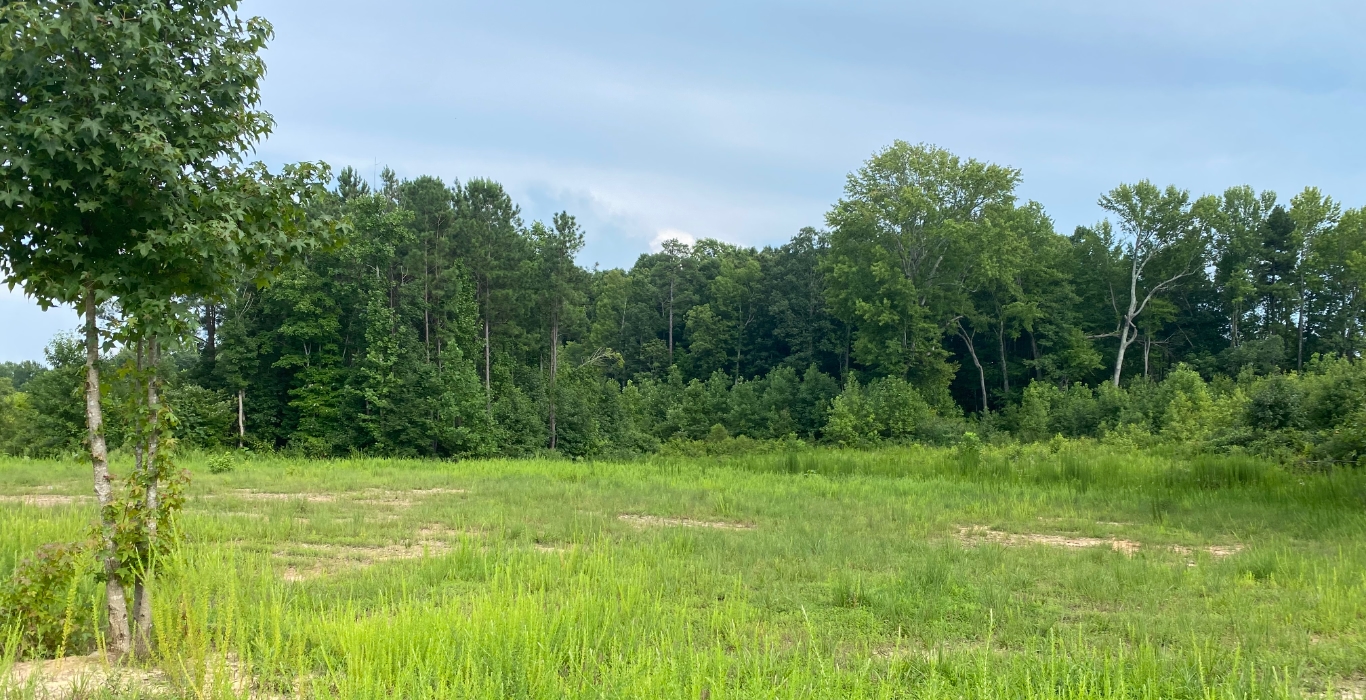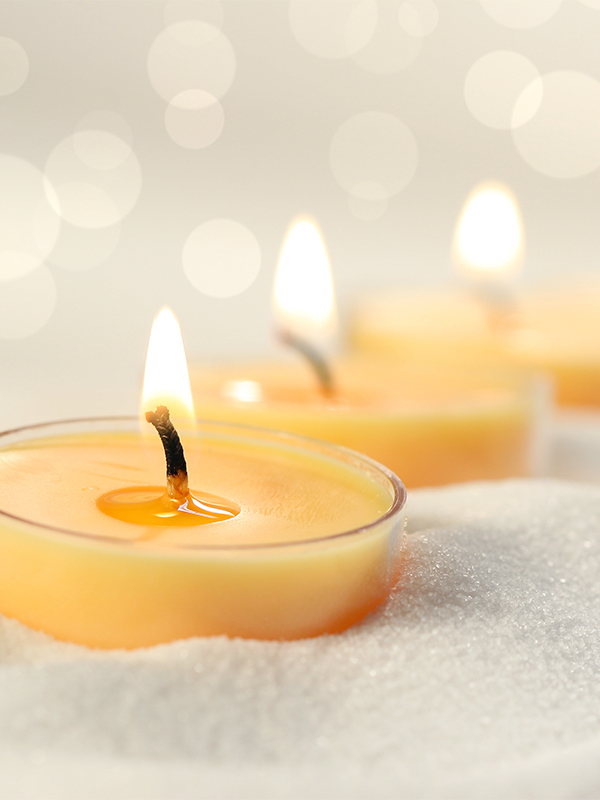In the 1980s, Japanese officials sought to improve the mental and physical health of the public through a concept called Shinrin-yoku, which loosely translates to “forest bathing.” The idea was that, historically, human beings have existed in close proximity to nature, but over time, a severed relationship with plants, soil and fresh air has caused adverse physical and emotional outcomes. Forest bathing was introduced as a way to counteract the effects of things like man-made cities marked by artificiality.
Similarly, bell hooks has often spoken about her love for nature and how it connects to her thinking around radical love and justice. “When we love the earth,” she wrote in her 1996 essay “Touching the Earth,” “we are able to love ourselves more fully.” hooks grew up in Kentucky playing in dirt and fully acknowledging the way our planet gives to us, and keeps us balanced.

In more recent years, the terms ecotherapy and ecopsychology have been introduced to bring heightened awareness to how our minds respond to the natural world around us. Through ecotherapy, researchers are encouraging people to never lose sight of how interconnected we are with the planet around us and how dependent we are on healthy and positive interactions with nature.
Next time you’re outside, consider these five ecotherapy rituals that can have lasting effects on your wellbeing. Whether in a backyard, park, beach, lakefront, or walking trail, these five strategies are accessible ways to reconnect with the world around you while restoring your spirit.
1. Engage in close listening
Oftentimes the hustle and bustle of our lives keeps us feeling detached from the stillness around us. While we fixate over credit scores and to-do lists, most of the natural world is modeling how to simply be. In seeking to learn how to be more still and less reactive to the stressors around us, sitting in silence while listening to the natural environment allows us to tune out distractions by focusing on the sounds we often ignore.
As I write this, I’m sitting on a porch in upstate New York staring out at rolling green fields lined by trees. I hear three different variations of bird chirps: one a high-pitched staccato, another that feels almost sing-songy, and the third a tweet-tweet that scales up the octave. An occasional breeze blows around me, vibrating my ear drum as I watch tall grass bend and move through the air like waves. After just five minutes of listening and watching, with only a physical notebook out for jotting observations, my shoulders have relaxed and my mind feels clearer.
2. Practice breathwork
Years of intensive schooling, an Ivy League education and grassroots social justice organizing have left my nervous system in shambles. Any time my phone pings, I can feel the anxiety rise, anticipating the need to do something. The constant pull on us to be productive and in service at all times is unhealthy. We forget we aren’t machines and have lost our sense of what is truly urgent and what is not. When this happens, I turn to slow and deep breathing. Done in nature, breathwork can be even more impactful.
Some people incorporate breathwork into specific routines such as yoga or meditation. But there are many ways to merge breathing with nature. My favorite method is to sit outside and blow bubbles. The consistent act of dipping the stick in the soapy water, drawing your breath inward, and blowing out to form the bubbles feels silly in a way that unlocks my inner child. But the repetition of inhaling and exhaling is just as effective as if you sat cross-legged and did the same with your eyes closed or while staring out at the beauty around you.
3. Walk around barefoot
Many of us, especially city residents, walk past nature every day, forgetting that the earth beneath us, the trees towering over us, and the animals buzzing around us are all living beings. Any time we can connect to the larger ecosystem around us in a way that honors our own insignificance is a humbling moment. That recognition may seem scary, but there’s also something freeing about realizing most things don’t matter nearly as much as we’d like to believe.
The planet that we call home carries memory and energy that we can tap into. The next time you’re in a grassy backyard or public park, take off your shoes and socks and plant your feet squarely in the grass or soil beneath you. Wiggle your toes. Shift your weight. Imagine roots connecting you to the flowers, plants and trees around you. As you do this, incorporate some of the earlier rituals like breathwork or close listening to truly immerse yourself in the natural environment.
4. Float in water
As beings made up mostly of water, our bodies crave water to replenish what we expel daily. But in addition to drinking water, we can and should submerge ourselves in water often. When underwater, noises are transformed into muffled sounds. A buoyancy finds us, allowing for more freedom of movement than gravity typically permits. Whether wading in a river, jumping into a pool, splashing near a waterfall, walking beside a brook or snorkeling in the ocean, being in and near water is my favorite way to be outside. Above all, floating in water is what stills my mind the most. Staring up at the sky, laying flat against nature’s water bed, worries fade away. There’s a meditation to floating— as ocean waves rock you or still pool ripples with the motion of others, thoughts exit the mind just as soon as they’ve entered. Few things distract me as I float. My mind is focused on breathing air and keeping water out of my nose and mouth, a form of breathwork itself.
5. Watch the sun rise and set
This planet we live on is a miracle. The complexity of life around us should inspire nothing but awe, yet we don’t often take moments to be struck by the magnitude of beauty and simplicity in nature’s cycles. Just this past April, the world paused to witness a solar eclipse, a collective amazement of the things out of our control. Everyday sunrises and sunsets can evoke the same feeling.
Purple. Orange. Pink. Blue. Yellow. White. The colors weave in and out of one another mixing sky with cloud in ways that look like the work of an artist. As the sun rises and sets, colors lighten and darken until the sky becomes either a pale or deep navy blue. It is a good thing to be full of wonder and remember that there is more to life than paying bills and crossing things off of our lists. What is it all for if we can’t stop and watch the sun?














